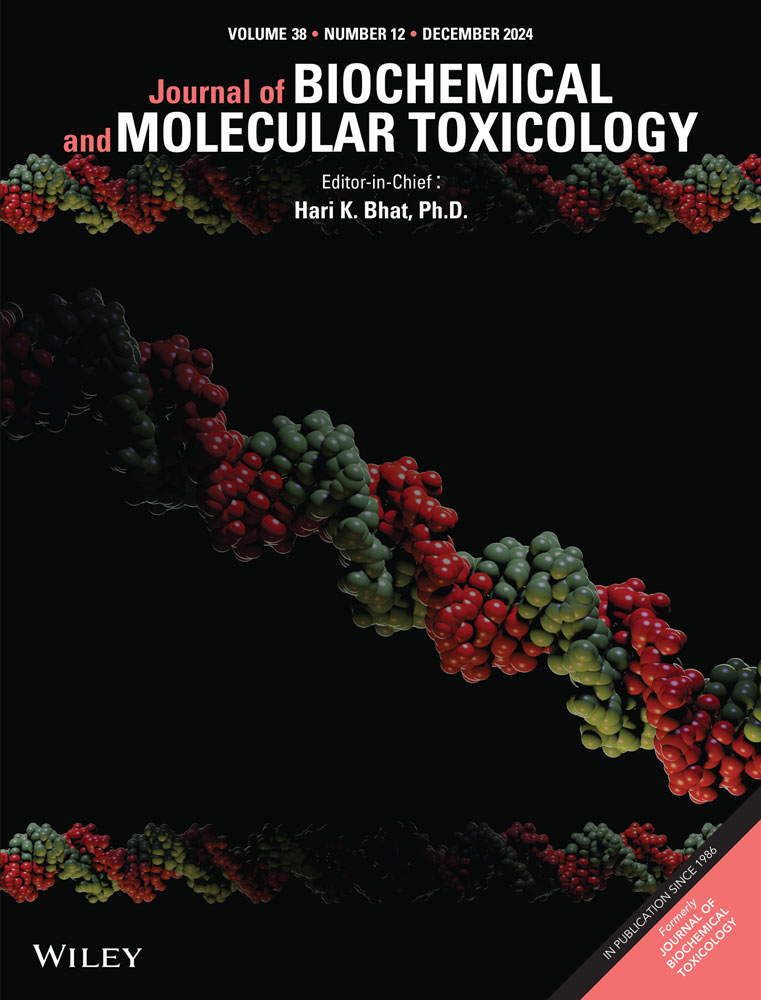Mechanisms of Propofol in Alleviating Neuropathic Pain by Inhibiting Microglial Pyroptosis in Spinal Cord Through the KDM3A/WNT5A Axis
Abstract
Propofol is a short-acting intravenous anesthetic commonly used for induction and maintenance of general anesthesia and sedation during medical procedures. This study aimed to explore the mechanism of propofol on microglial pyroptosis in spinal cord in neuropathic pain (NP). A chronic constriction injury (CCI) model of NP was established in rats. The paw withdrawal mechanical threshold (PWMT) and paw withdrawal thermal latency (PWTL) were measured in rats. The tissue pathology was observed. The expression of NLR family pyrin domain containing 3 (NLRP3) and Iba1 was measured. Microglial cells (BV2) were cultured and treated with lipopolysaccharide (LPS). The cell model was treated with propofol. The levels of lysine demethylase 3A (KDM3A)/H3 dimethylation at lysine 9 (H3K9me2)/Wnt family member 5A (WNT5A) in the tissue and cells were measured. The enrichment of KDM3A and H3K9me2 in the WNT5A promoter region was analyzed. KDM3A and WNT5A were upregulated in CCI. Propofol treatment reduced KDM3A and WNT5A expression, increased PWMT and PWTL, alleviated inflammation, and inhibited microglial pyroptosis in spinal cord. KDM3A promoted WNT5A expression by inhibiting H3K9me2. Overexpression of KDM3A or WNT5A partially reversed the inhibitory effect of propofol on pyroptosis. In conclusion, propofol inhibits microglial pyroptosis in spinal cord and alleviates NP through the KDM3A/WNT5A pathway.

 求助内容:
求助内容: 应助结果提醒方式:
应助结果提醒方式:


